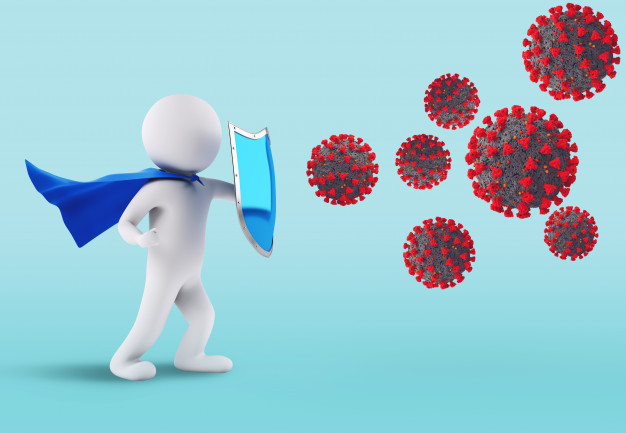
Photo Credit: Freepik
The Chinese University of Hong Kong (CUHK) has conducted an epidemiological study investigating the effect of vaccination on preventing COVID-19 resurgence. The results show that by administering vaccines with an effective rate of 75%, the physical distancing measures can be relaxed to varying degrees until herd immunity is achieved (the vaccination rate reaches about 64% in one year), for cities with medium population density. The study has been published in Nature Human Behaviour.
A multi-disciplinary team of researchers from CUHK including Professor Bo Huang, Department of Geography and Resource Management, Professor Paul Chan, Department of Microbiology, Professor Tony Tam, Department of Sociology and Professor Yingyi Hong, Department of Management has studied the joint effects of vaccination and physical distancing in avoiding resurgences and generalised their approaches to it for other cities with varying population densities, in collaboration with the WorldPop project of the University of Southampton.
A challenge in this study was that several aspects were involved, including reopening, stay-athome orders, physical distancing such as closure of non-essential facilities, vaccination, and population density. Using anonymised mobile geolocation data in mainland China, the team devised a mobility-associated social contact index (SCI) referencing the mobility data of Wuhan between pre-lockdown and post-lockdown periods from January to April 2020, to quantify the impact of both physical distancing and vaccination measures in a unified way such that the gaps between intervention measures and disease transmission can be bridged.
Specifically, the effect of the multiple aspects, which are mobility restoration (representing reopening), physical distancing, mobility reduction, and vaccination, on increasing or reducing susceptible social contacts can be accounted for and quantified using the proposed SCI model. For instance, assuming that the effectiveness of the inoculated vaccine is 75%, this indicates the vaccinated population may have a probability of 75% to undertake their daily routine without worrying about being infected or infecting others. This ratio is equivalent to the reduced susceptible social contacts brought about by 75% of the population following strict physical distancing or staying at home.
Linking the resulting contact rates with a susceptible-exposure-infectious-recovered (SEIR) model, several combinatorial interventions were assessed, with consideration to the efficacy of vaccines, immunity fading rates of the recovered and vaccinated population and intensities of physical distancing.
Compared with the no-vaccination scenario, vaccination combined with physical distancing can contain resurgences without relying on mobility reduction, whereas a gradual vaccination process alone cannot achieve this. The team strongly recommends commencing a vaccination process as soon as possible for cities with high population density because these cities need to pay more in costs to stem potential resurgences. Meanwhile, physical distancing measures should be maintained until herd immunity is achieved.




